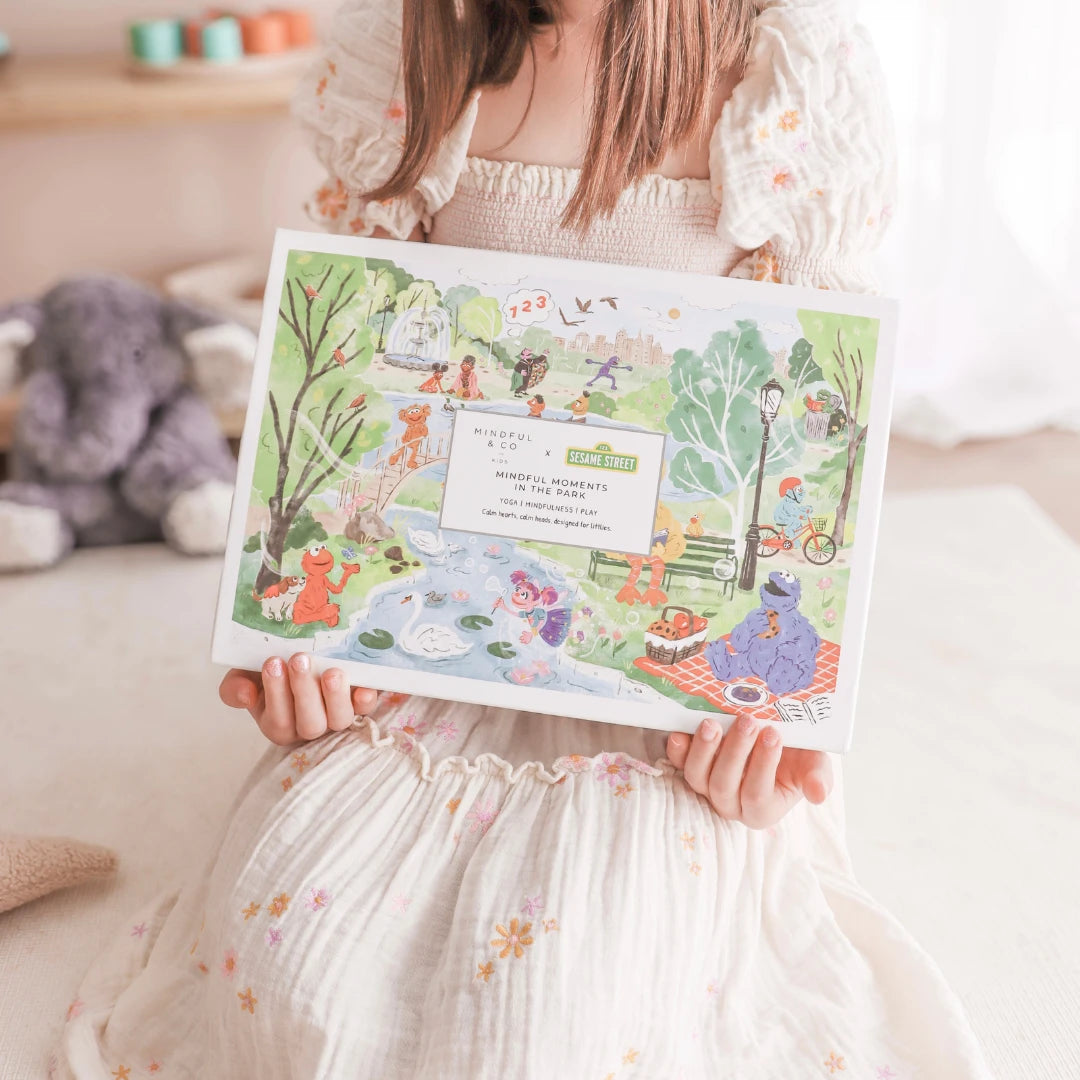5 Key Strategies for Teaching Children Empathy
Empathy is at the centre of humanity. It is the foundation for building quality relationships and professional success. It forms part of our ethics, standards, and values, and it’s a key factor in preventing cruelty in any form.
But can empathy be taught? In fact, yes it can.
However, to be able to teach empathy, you can’t solely rely on having good role models in your child’s life. You need to understand what empathy is, as well as the foundational skills that a child requires to share emotions, read behavioural cues, and offer support.
What is Empathy?
Empathy is the ability to emotionally understand what someone else may be feeling. It’s the ability to see another point of view and be able to imagine yourself in their situation. When your child sees someone suffering, can they imagine themselves in that situation and feel any emotions that they might be going through? If so, your child may grasp the basics of empathy. If not, don’t worry, this can be taught.
If your child can demonstrate empathy, you may notice these things:
- They can listen to what others say.
- Their friends like to talk about their problems with them.
- They can pick up on how others are feeling.
- They often think about other people’s feelings.
- They feel overwhelmed by certain tragedies.
- They try to help others who might be suffering.
Key Strategies for Teaching Children Empathy
If you’ve noticed some of the above signs, but believe your child needs to develop empathy further, then practising strategies at home can cultivate empathy. Practising mindfulness, for example, helps children to recognise emotional states within themselves and develop a deeper understanding of human emotions. Playing games and activities that prompt mindfulness is one strategy for building an understanding of human emotions like empathy.
Here are 5 more strategies that can help:
- Make Caring a Priority:
It’s important to have discussions with your child about how important it is to value other people’s perspectives and show them compassion. Although many parents attempt to raise compassionate children, often explicitly explaining this priority is missed and therefore the message doesn’t get through.
Try to keep the discussion clear with your child and prioritise the importance of kindness and caring behaviour. At some point, you may also need to explain how putting other people's feelings above their own happiness can be difficult but also needs to happen at times.
- Practice Empathy Through Opportunity:
All children are born with the ability to have empathy. Learning empathy is something that needs to be nurtured and taught openly. Empathy requires practice and guidance to become a natural reflex so helping your child to become better attuned to it is beneficial.
Try having regular family meetings where family challenges and conflicts are discussed. Encourage your child to have empathy for those in the family who are facing a challenge and afterwards reflect on the empathy with them.
- Expand their Circle of Concern:
Often the issue may not be whether your child has empathy, but rather whom they have empathy for. It’s not hard to have empathy for those we love, but the question remains whether your child has empathy for others outside of their circle.
It’s important to teach children to have empathy for all people by helping them to understand and care for anyone that may be faced with challenges even if they are very different challenges from what your child might face in the future.
- Develop the Ability to Manage Feelings and Self-Control:
When a child doesn’t express empathy right away, they may be faced with a feeling or image that is blocking their empathy. They may be feeling overwhelmed by their feelings regarding a situation so helping them to navigate these feelings can often help them move through and find empathy for that person. Stereotypes, prejudices, and big emotions such as anger, shame, or envy are all examples of things that can block empathy.
To help your child find their empathy, try helping them to identify their feelings and encourage them to talk it through with you. If your child is upset about a situation and is struggling to see another’s point of view, helping to find self-control can help. Get them to stop, take a breath and count to five. If they need to take some time away to calm down, then let them do it. There is no point in trying to resolve something and getting them to practice empathy if they are feeling upset about the situation.
After they have reflected on the above, you can use it as a lesson to teach them about resolving conflict. Discuss what happened and see if you can come up with a mutual understanding of what happened. This can be challenging for young children at first, but with practice, it will become easier.
- Model Empathy:
Although this can’t be the only method of teaching empathy, it is a large one. When you empathise with your child, you can develop trust and strengthen your relationship with them. From a young age, your child will observe you and adopt your values and behaviour. By modelling empathy, they will learn to build their own empathy. This can be tuning into their needs, understanding, and respecting their personality, showing kindness to others, and showing a genuine interest in others will help develop your child’s empathy.
Children will also learn empathy based on how we treat others outside of our circle. Ensure that you treat waiters, staff and other people with respect, and your child will pick this up.
Be aware of when you’re feeling run down, exhausted or burnt out to ensure that you are continuing to treat people respectfully. If you find your patience has run out, make sure you express this and explain that you need some time out to regulate your own emotions. Being self-aware and expressing this is a great tool for your child too.
While your child may not always demonstrate empathy for others, they still may have the ability to see things from another person’s perspective and sympathise. Remember, how someone treats another reflects their own beliefs and values that have been instilled in them from a young age. Implementing the above strategies will help you and your child to build a deeper understanding of empathy and help them to listen to and accept other people’s perspectives and points of view.





